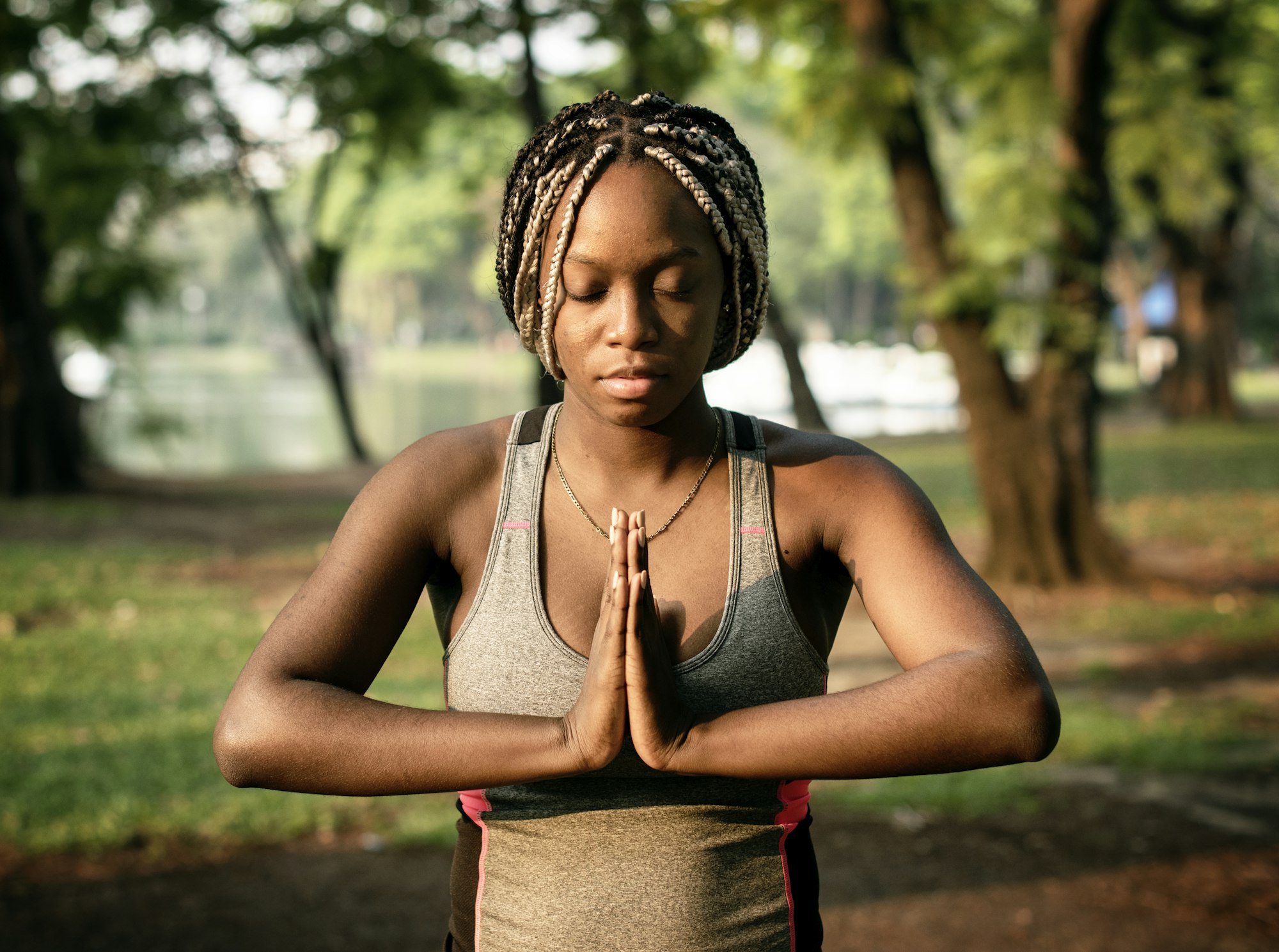- 25 March, 2024
- by Ava
- in Holistic Health
- No comments yet
Anusara Yoga
Exploring Anusara Yoga: A Holistic Approach to Well-being
Welcome to the world of Anusara Yoga, a dynamic and life-affirming practice that blends the physical, spiritual, and mental aspects of yoga. In this blog post, we will delve into the essence of Anusara Yoga, its holistic approach to well-being, and how it can enrich your life on multiple levels. Through exploring its principles and benefits, you’ll gain insight into why Anusara Yoga stands out as a powerful tool for holistic healing and self-discovery.
What is Anusara Yoga?
Anusara Yoga, derived from the Sanskrit word “Anu” (meaning “flow”) and “Sara” (meaning “grace”), translates to “flowing with grace.” Founded by John Friend in 1997, Anusara Yoga is rooted in Tantric philosophy, emphasizing the celebration of the heart, alignment principles, and a deep connection to the divine within oneself and others. At its core, Anusara Yoga aims to uplift and inspire practitioners to align with the intrinsic goodness of life.
How Anusara Yoga Can Help You
Anusara Yoga offers a comprehensive approach to holistic well-being, addressing the physical, emotional, and spiritual dimensions of health. Through its emphasis on alignment, heart-opening practices, and mindful awareness, Anusara Yoga cultivates strength, flexibility, and inner harmony. Whether you’re seeking stress relief, increased vitality, or spiritual growth, Anusara Yoga provides a transformative path toward self-discovery and self-realization.
What Anusara Yoga is Good For
Anusara Yoga is suitable for individuals of all ages and fitness levels, offering a gentle yet powerful practice that can be tailored to meet individual needs. This inclusive approach makes Anusara Yoga accessible to everyone, regardless of their background or experience with yoga. Whether you’re recovering from an injury, managing chronic pain, or simply seeking a deeper connection to yourself and others, Anusara Yoga offers a supportive and nurturing environment for personal growth and healing.
Benefits of Anusara Yoga
The benefits of Anusara Yoga are manifold, encompassing physical, mental, and emotional well-being. Physically, the practice helps to improve flexibility, strength, and balance, while also promoting better posture and alignment. Mentally, Anusara Yoga cultivates mindfulness, concentration, and inner peace, providing a sanctuary from the stresses of everyday life. Emotionally, the practice fosters a sense of joy, gratitude, and connection, helping practitioners to cultivate a positive outlook and resilient mindset.
What to Expect from Anusara Yoga with a Practitioner
When practicing Anusara Yoga with a certified instructor, you can expect personalized guidance, compassionate support, and a deep commitment to your growth and development. Anusara teachers are trained to create a safe and nurturing environment where students can explore their edge, honor their limitations, and experience the transformative power of yoga. Through skillful instruction, hands-on adjustments, and heart-centered teachings, Anusara Yoga practitioners can experience profound shifts in their body, mind, and spirit.
Final Thoughts
Anusara Yoga offers a profound journey of self-discovery, healing, and transformation. By embracing its holistic approach to well-being, you can cultivate strength, flexibility, and inner harmony, while also deepening your connection to yourself and others. Whether you’re drawn to the physical challenge, the spiritual exploration, or the sense of community, Anusara Yoga has something to offer for everyone on the path of self-realization.
Scientific References
- Ross, A., & Thomas, S. (2010). The health benefits of yoga and exercise: A review of comparison studies. The Journal of Alternative and Complementary Medicine, 16(1), 3-12.
- Cramer, H., Ward, L., Steel, A., Lauche, R., Dobos, G., & Zhang, Y. (2016). Prevalence, patterns, and predictors of yoga use: Results of a U.S. nationally representative survey. American Journal of Preventive Medicine, 50(2), 230-235.
- Khalsa, S. B., & Cope, S. (2006). Effects of yoga on mood in psychiatric patients. Psychiatry (Edgmont), 3(9), 62.
Books from Amazon
- Friend, J. (2012). Anusara Yoga: A Sourcebook for Teachers and Students. Anusara Press.
- Miller, D., & Flexer, S. (2003). The Heart of Yoga: Developing a Personal Practice. Inner Traditions.
- Desikachar, T. K. V. (1999). The Heart of Yoga: Developing a Personal Practice. Inner Traditions.
FAQ on Anusara Yoga
Welcome to our Frequently Asked Questions (FAQ) section. Here, we aim to provide clear and concise answers to common queries you may have about this particular healing modality. Whether you’re new to this practice or seeking deeper insights, our FAQs are designed to help enhance your understanding and support your journey toward holistic wellness. If you have a general question that’s not covered below, please feel free let us know.
Yes, Anusara Yoga is suitable for beginners as well as experienced practitioners. Classes are typically tailored to accommodate students of all levels, with variations and modifications offered to suit individual needs.
Yes, Anusara Yoga can be beneficial for managing chronic pain by promoting proper alignment, gentle movement, and mindful awareness. However, it’s essential to consult with a healthcare professional before starting any new exercise regimen, especially if you have pre-existing health conditions.
Anusara Yoga stands out for its emphasis on alignment principles, heart-centered philosophy, and celebration of the intrinsic goodness of life. Unlike some other styles of yoga, Anusara Yoga encourages students to explore their individual expression while honoring the interconnectedness of all beings.
No, you don’t need any special equipment to practice Anusara Yoga. However, you may choose to use props such as blocks, straps, or blankets to support your practice and enhance your alignment.
You can find a qualified Anusara Yoga teacher by searching online directories, attending classes at local yoga studios, or asking for recommendations from friends or healthcare professionals. Look for instructors who are certified by the Anusara School of Hatha Yoga and who embody the principles of alignment, heart-opening, and joyful living.




